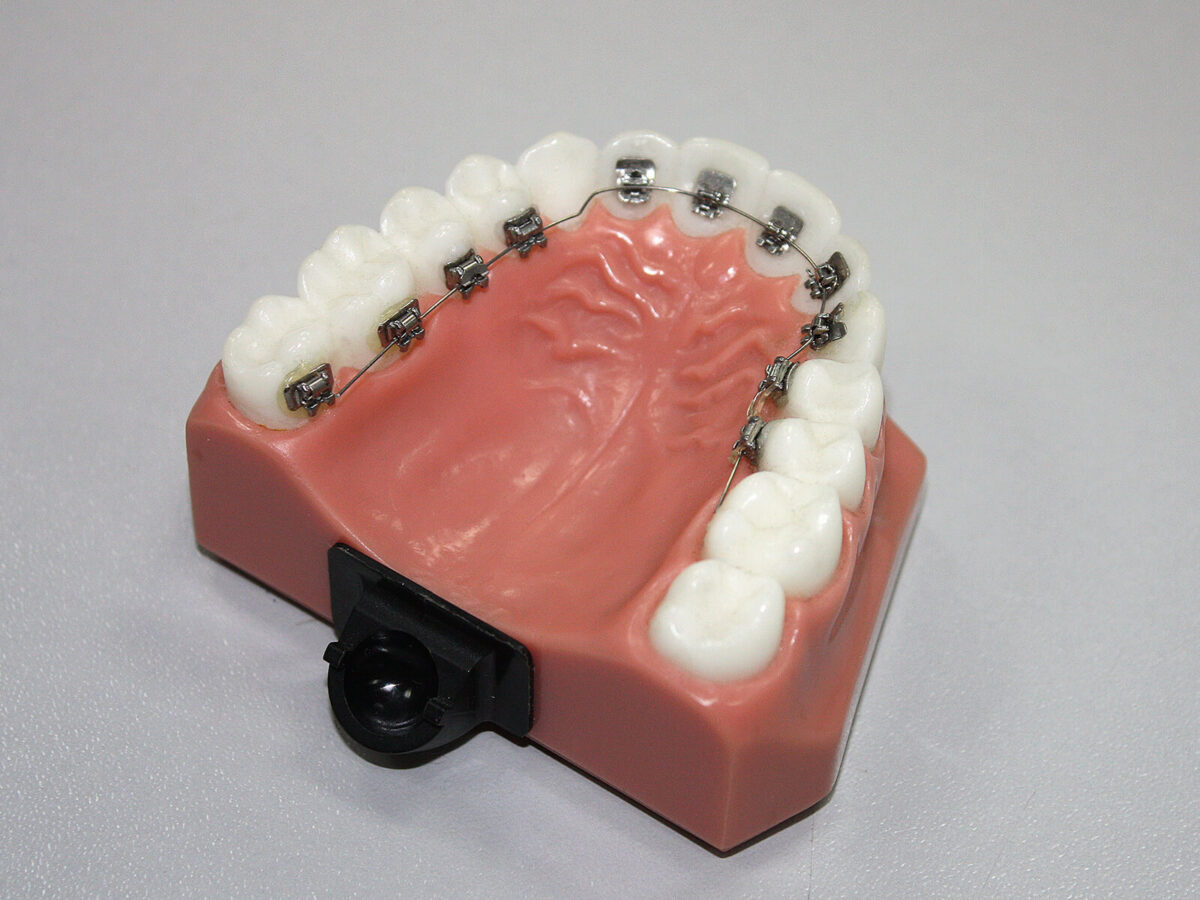Blog
Dental hygiene tips for healthy teeth & gums

All You Need to Know About Lingual Braces
Orthodontic treatments have evolved significantly, offering solutions for misaligned teeth. One of the most discreet options available today is lingual braces. While traditional braces are undoubtedly effective, their visibility can impact self-esteem. Lingual braces, placed on the inner surface of the teeth, are virtually invisible. This guide delves into the intricacies of lingual braces, from their functionality and benefits to maintenance.
How Do Lingual Braces Work?
Lingual braces operate similarly to traditional braces, with the primary distinction being their placement. Instead of being affixed to the front of the teeth, they are mounted on the backside (lingual surface), rendering them almost undetectable from the outside. Comprising brackets and wires, these braces gradually shift teeth to their desired positions over time.
Benefits of Lingual Braces
Here are some advantages of lingual or invisible braces:
- Aesthetics: Their discreet nature is their main selling point, ideal for those wanting to straighten teeth without drawing attention to the treatment.
- Customization: Tailored to fit each patient’s unique teeth structure, they ensure precise and predictable outcomes.
- Versatility: Lingual braces can rectify numerous orthodontic issues, including crowding, spacing, overbites, and underbites.
Are You a Candidate for Lingual Braces?
Lingual braces are apt for most orthodontic cases. They cater to both teenagers and adults, especially those seeking a concealed method to attain a straighter smile. However, specific complex cases might be better addressed with traditional braces or alternatives like clear aligners.
The Process of Getting Lingual Braces
Achieving a confident smile with these braces involves:
- Consultation: An initial assessment by your orthodontist will determine the suitability of lingual braces for your dental structure.
- Impressions: After deciding to proceed, your teeth’s impressions will be taken to craft custom brackets and wires.
- Placement: Customized brackets are bonded to the back of your teeth during the placement appointment, followed by wire threading.
Maintaining Lingual Braces for Optimal Results
Ensuring the effectiveness of lingual braces requires proper maintenance:
- Oral Hygiene: Regular brushing, flossing, and rinsing are vital to prevent plaque accumulation around the braces.
- Dietary Restrictions: Refrain from consuming hard, sticky, or chewy foods that might damage the braces.
Potential Discomfort and Speech Implications
Initial discomfort and speech alterations are common after getting lingual braces. The tongue might need some time to adjust to the new fixture. However, most patients find their speech normalizing and initial discomfort waning within a few weeks.
Summing It Up
Lingual braces present a concealed yet effective orthodontic solution. By positioning the braces on the teeth’s inner surface, they tackle misalignment without sacrificing aesthetics.
Capable of addressing various alignment issues, lingual braces pave the way to a healthier, straighter smile. If this innovative orthodontic solution intrigues you, consult a qualified orthodontist to ascertain its suitability. Remember, a radiant smile is attainable, and contemporary orthodontic solutions have made the journey more seamless and aesthetically gratifying than ever.


